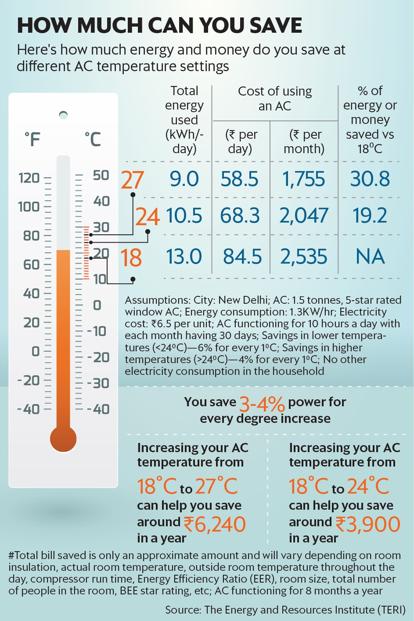
First of all, we need to understand the allotment process in detail before taking steps to improve allotment chances.
IPO allotment process in India
Prior to October 2012, market regulator SEBI had mandated registrars to allot shares in the retail category on a proportionate basis in case of oversubscription. This means that an investor making an application of INR100,000 or INR150,000 stood to be allotted more number of shares than an investor making a bid of INR15,000. In IPOs where the demand is equal or less than the shares available, it used to work fine but the process naturally helped big applications when the demand exceeded availability. Many high-networth individual (HNI) investors channeled their money into retail category to corner shares and it did not go down very well with SEBI.
In October 2012, SEBI implemented a new allotment process that called for all retail individual investor (RII) applications to be treated equally. Under the new system, applicants are allotted at least the minimum application size, subject to availability of shares in the aggregate. Again, if the demand is less than the number of shares available in the retail category, every investor will get full allotment. In case of demand exceeding the availability of shares, then the maximum number of investors who can be allotted the minimum bid lot will be computed by dividing the total number of equity shares available for allotment to the category by the minimum bid lot. Under the current guidelines, no allotment is less than the minimum bid lot size.
Maximum RII Allottees = (Total number of shares available for RIIs)/Minimum bid lot
Practically speaking, it means that for IPOs with oversubscription, investors can only hope to get a single lot if they are lucky.
How to increase IPO allotment chances?
Now that we know the logic behind allotment, it is time to see what can be done to increase IPO allotment chances. As one can sense, there is not much that investors can do if there is too much demand for IPO shares. Nevertheless, there are ways to avoid the pitfalls and optimize the allotment results. Here are five simple ways to increase IPO allotment chances:
#1. No benefit for big application
As mentioned above, SEBI’s current allotment process treats all retail applications (less than INR200,000) equally. This means there is no advantage of making a big application of INR100,000 in case of oversubscription. Big applications only make sense in large IPOs where there is reasonable surety of retail segment remaining undersubscribed. A recent example is the INR11,372.64 crore IPO of General Insurance Corporation (GIC) where every retail investor stands to get allocation. Although the reasons behind this undersubscription are different, it serves as a good example.
#2. Different demat accounts
Since large applications are ineffective, one can go for using the same amount in making multiple applications from different demat accounts. Probability of successful allotment increases to six times when one goes for six applications of single lots than making one application of six lots. It is important to understand that these demat accounts need to be linked to different PAN accounts. In other words, one can’t make more than one application in his/her own name. It is best to ask friends and family members to open demat accounts and apply in IPOs. Opening new demat accounts is a breeze nowadays and several brokers open demat and trading accounts for free. What’s more, it is a matter of just a few hours with e-KYC.
#3. Price bids v/s cut-off bids
This is a tricky part as investors are often confused between price bids and cut-off bids. By selecting a specific price, investor tells the registrar that s/he is interested in buying shares at that price while cut-off simply conveys that the investor is flexible to buy at any price within the price band. This price is determined as the point of maximum demand. In a price band of INR100-105 per share, no bids below INR105 per share will be considered in allotment if the cut-off price is decided at INR105 per share. Thus, retail investors should place their bids at either cut-off or maximum price to increase IPO allotment chances.
#4. Avoid last moment rush
Many investors rely on subscription levels in HNI and QIB categories before placing their bids on the last day. This may be quite a smart way to figure out how an IPO is perceived by these well-informed categories but could turn out to be a disaster if your bank’s internet banking is down temporarily. One may not have funds in other bank accounts and additional work of adding demat account details may be required at the last moment. Of course, there is always the option of filling up physical forms, this is hardly an effective solution at the last moment. Even if one manages to fill the form, it may be too late. Several banks stop accepting applications after 4 PM on the last day.
#5. Avoid technical rejections
IPO applications may be rejected on technical grounds without the investor knowing about the errors. Starting 1 January 2016, all IPO applications are mandatorily through ASBA (Application Supported by Blocked Amount) mechanism and most investors apply through netbanking which minimizes potential errors of spelling mistakes, name mismatch, inaccurate cheque details. Nevertheless, applications are still rejected on technical grounds and something as simple as different names in bank account and PAN may result in a lost opportunity.
These are simple yet effective steps that increase your IPO allotment chances and ensure that your IPO application isn’t out of reckoning. Happy investing!
Source :-By Krishna Bagra - October 15, 2017












